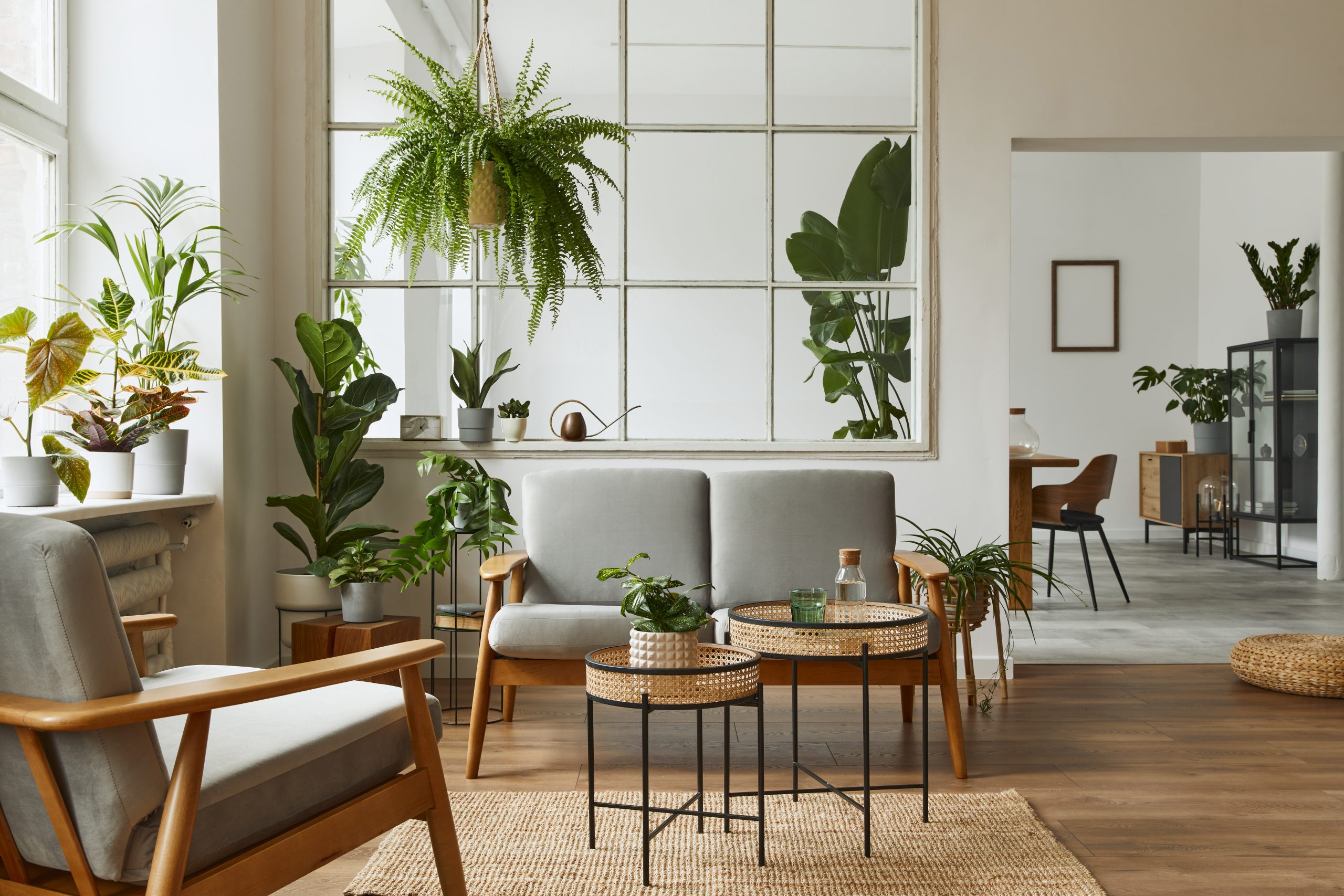Indoor plants are more than just beautiful additions to your home décor—they also play a crucial role in improving the air quality in your living space. For seniors, who may spend more time indoors, the presence of indoor plants can contribute to a healthier and more pleasant environment. Understanding how plants purify the air and the specific benefits they offer can help you create a greener, cleaner living space. Here’s a guide to the benefits of indoor plants for air quality, along with tips on how to choose and care for the best plants for your home.
1. How Indoor Plants Improve Air Quality
Why It’s Important: Indoor air pollution can be a significant concern, especially in well-insulated homes where air circulation is limited. Common pollutants include volatile organic compounds (VOCs) from paints, cleaning products, and furniture, as well as dust, mold, and allergens. Indoor plants can help mitigate these pollutants, creating a healthier living environment.
How It Works:
- Air Purification: Plants absorb carbon dioxide and release oxygen through photosynthesis, which naturally freshens the air. Additionally, they can absorb toxins like formaldehyde, benzene, and trichloroethylene, which are common in household items and can negatively impact health.
- Humidity Regulation: Plants release moisture into the air through a process called transpiration. This can help maintain a comfortable humidity level in your home, preventing dry skin, respiratory issues, and static electricity.
- Dust Reduction: The leaves of indoor plants can trap dust particles, reducing the amount of dust in the air. This is particularly beneficial for seniors who may have allergies or respiratory conditions.
Insight: NASA’s Clean Air Study found that certain indoor plants are particularly effective at filtering out common pollutants, making them ideal choices for improving air quality.
2. Best Indoor Plants for Air Quality
Why It’s Important: While all plants contribute to air purification, some are more effective than others at removing specific toxins and improving overall air quality. Choosing the right plants for your home can maximize the health benefits.
Top Plants:
- Spider Plant (Chlorophytum comosum): Spider plants are easy to care for and are known for their ability to remove formaldehyde, xylene, and toluene from the air. They’re also non-toxic to pets, making them a safe choice for homes with animals.
- Peace Lily (Spathiphyllum): Peace lilies are excellent at removing VOCs like benzene, formaldehyde, and ammonia. They also help increase humidity and are known for their elegant white flowers.
- Snake Plant (Sansevieria trifasciata): Also known as mother-in-law’s tongue, snake plants are hardy and can thrive in low light. They are effective at filtering out formaldehyde, benzene, and xylene.
- Aloe Vera: Aloe vera is not only great for treating burns and skin conditions but also helps filter out formaldehyde and benzene. It’s a low-maintenance plant that can thrive in sunny spots.
- Boston Fern (Nephrolepis exaltata): Boston ferns are particularly good at adding humidity to the air and removing formaldehyde and xylene. They thrive in indirect light and need regular watering.
Tip: When choosing plants, consider the lighting conditions in your home. Some plants prefer bright, indirect light, while others can tolerate low-light conditions. Matching the plant to the right spot will help it thrive and maximize its air-purifying capabilities.
Insight: Having a variety of plants in different rooms can enhance the overall air quality throughout your home. Consider placing plants in bedrooms, living rooms, and kitchens for the best results.
3. Caring for Indoor Plants
Why It’s Important: To reap the air quality benefits of indoor plants, it’s important to care for them properly. Healthy, thriving plants are more effective at filtering the air and contributing to a pleasant indoor environment.
Care Tips:
- Watering: Overwatering is a common mistake that can lead to root rot and other issues. Research the specific water needs of each plant and stick to a consistent schedule. Most indoor plants prefer the soil to dry out slightly between waterings.
- Lighting: Ensure that each plant receives the appropriate amount of light for its needs. If natural light is limited, consider using grow lights to supplement.
- Fertilizing: Indoor plants need nutrients to thrive. Use a balanced, water-soluble fertilizer during the growing season (spring and summer) to keep your plants healthy.
- Cleaning Leaves: Dust can accumulate on the leaves of indoor plants, reducing their ability to purify the air. Wipe the leaves with a damp cloth regularly to keep them clean and functioning effectively.
Insight: If you’re new to indoor gardening, start with low-maintenance plants like snake plants or spider plants. These are forgiving and easy to care for, making them ideal for beginners.
4. Additional Benefits of Indoor Plants
Why It’s Important: Beyond improving air quality, indoor plants offer a range of other benefits that contribute to your overall well-being and home environment.
Additional Benefits:
- Stress Reduction: Studies have shown that being around plants can reduce stress, lower blood pressure, and improve mood. The act of caring for plants can also provide a sense of purpose and relaxation.
- Enhanced Aesthetics: Indoor plants add a natural, vibrant touch to your home décor. They can brighten up spaces, add color, and create a more inviting atmosphere.
- Improved Focus and Productivity: Plants have been shown to boost concentration and productivity, making them a great addition to home offices or study areas.
Tip: Place plants in areas where you spend a lot of time, such as the living room or home office, to enjoy their calming and mood-boosting effects.
Insight: Consider incorporating a mix of large, statement plants and smaller tabletop varieties to create visual interest and maximize the benefits throughout your home.
